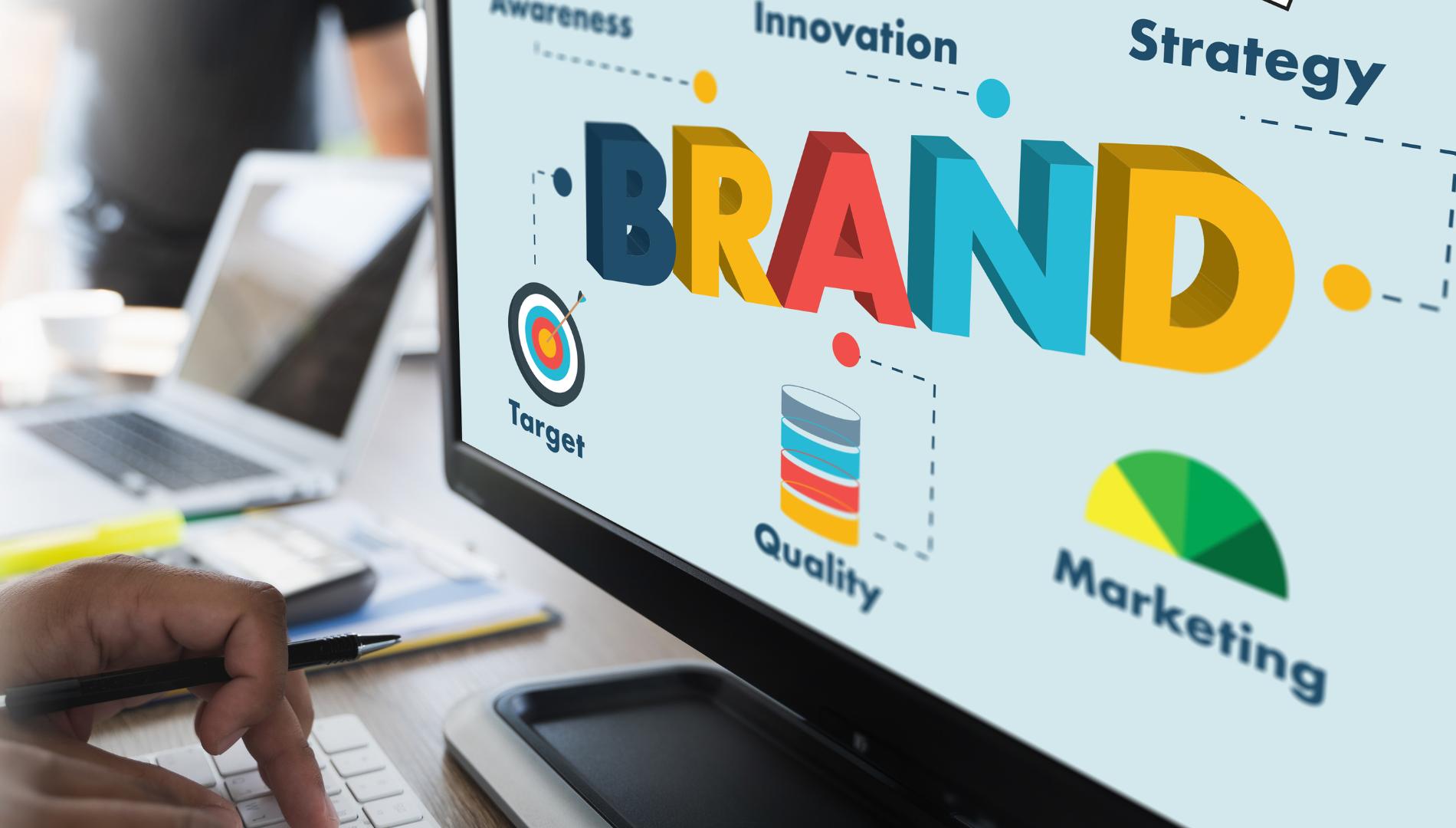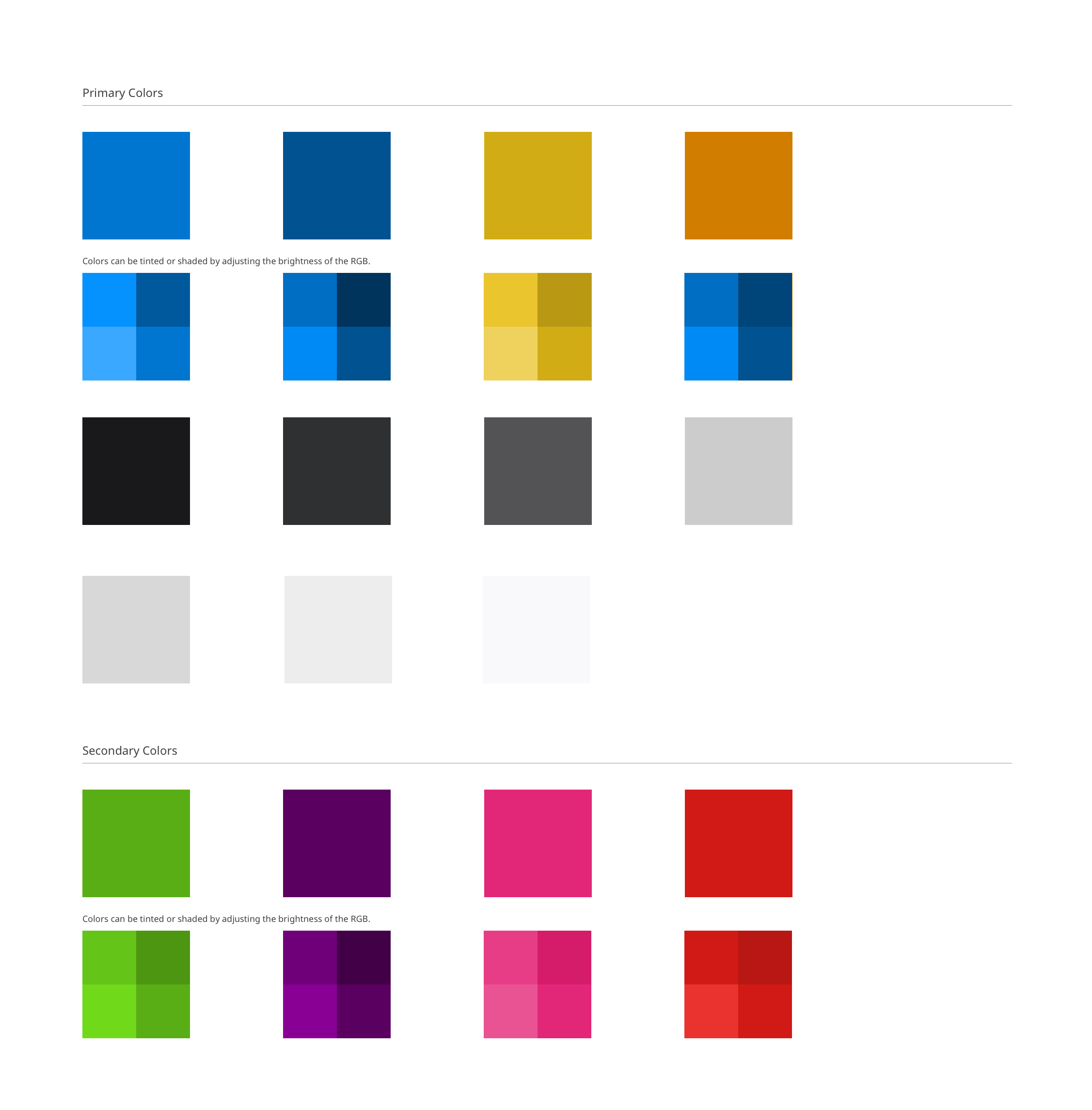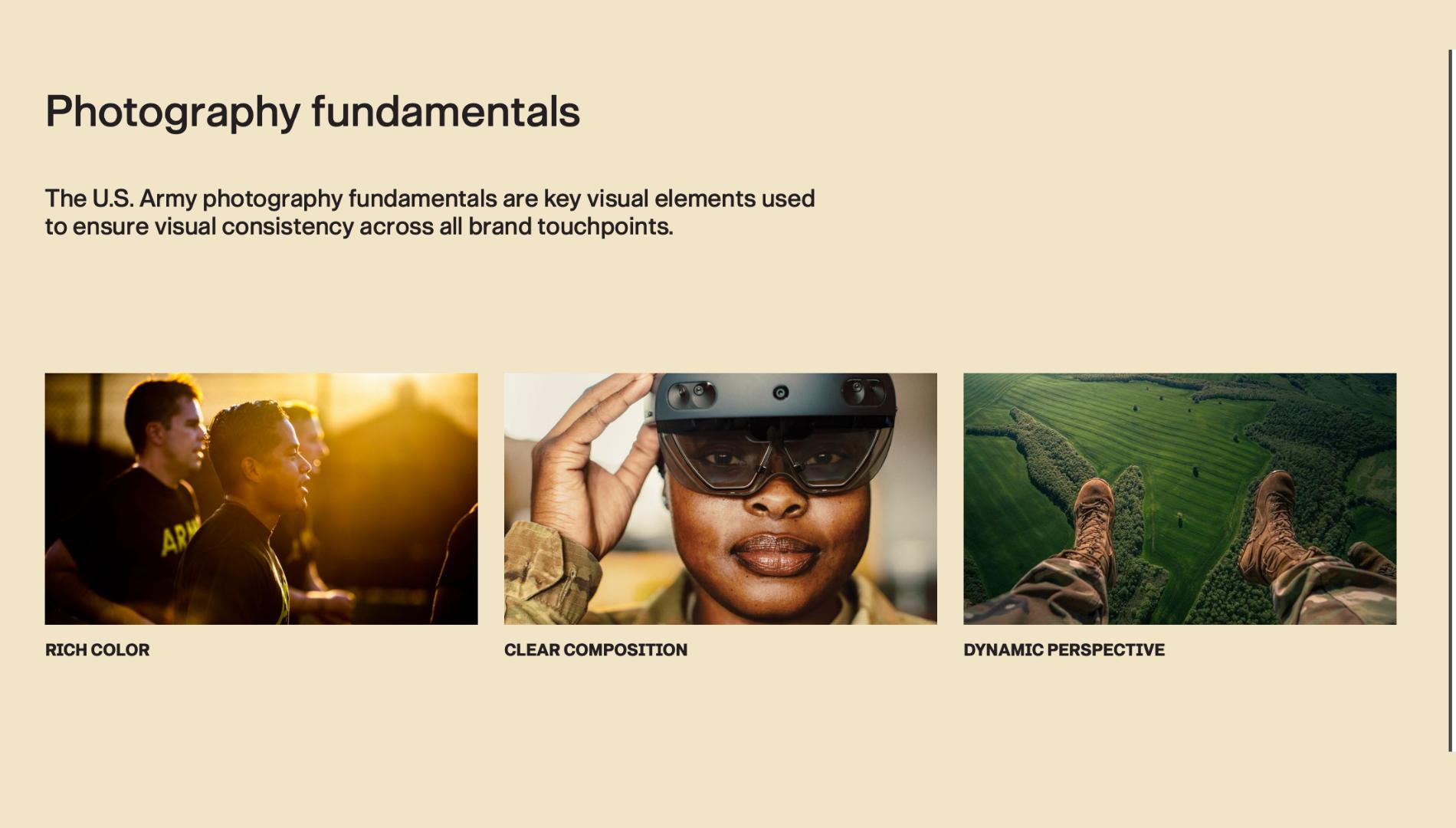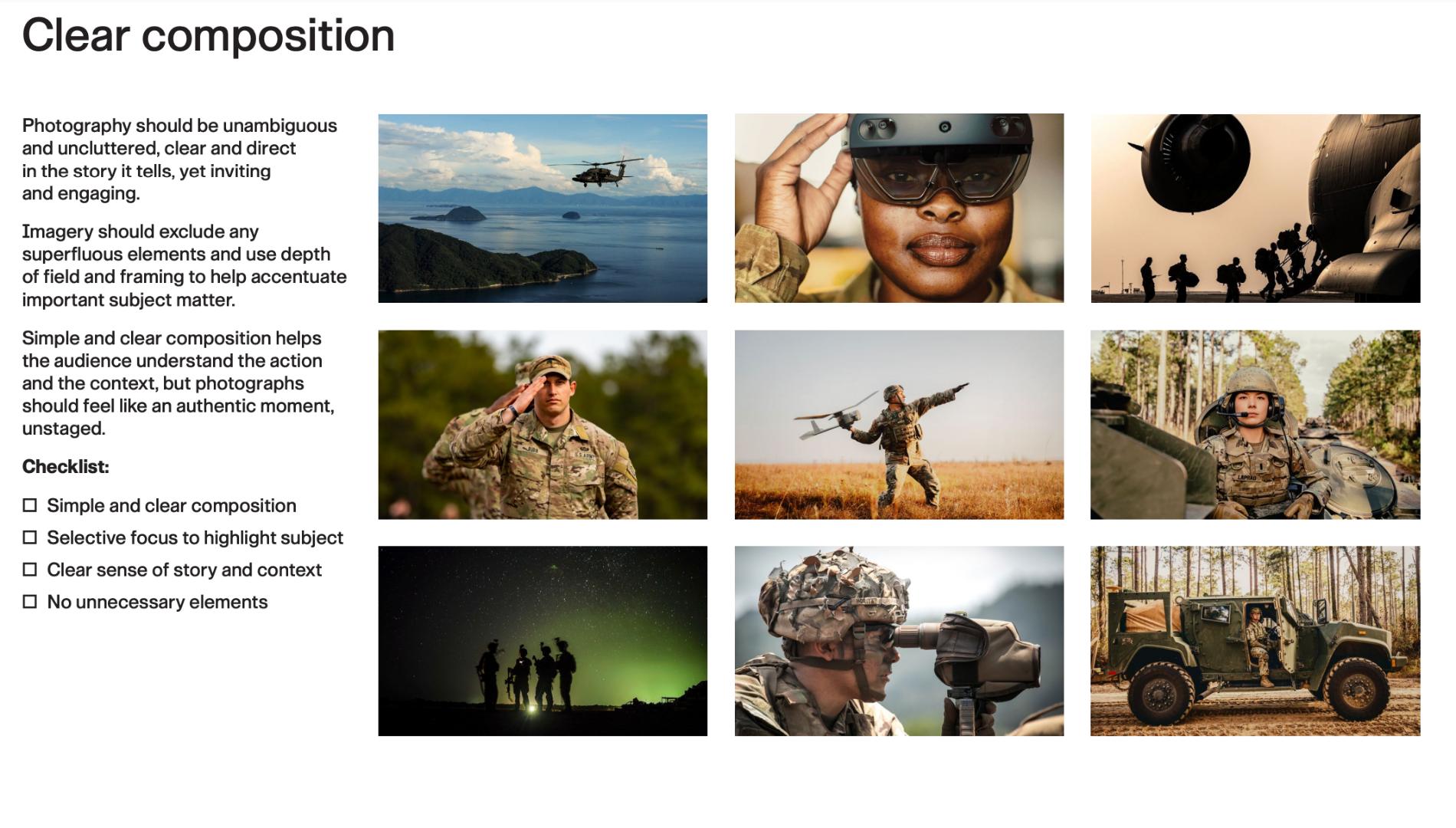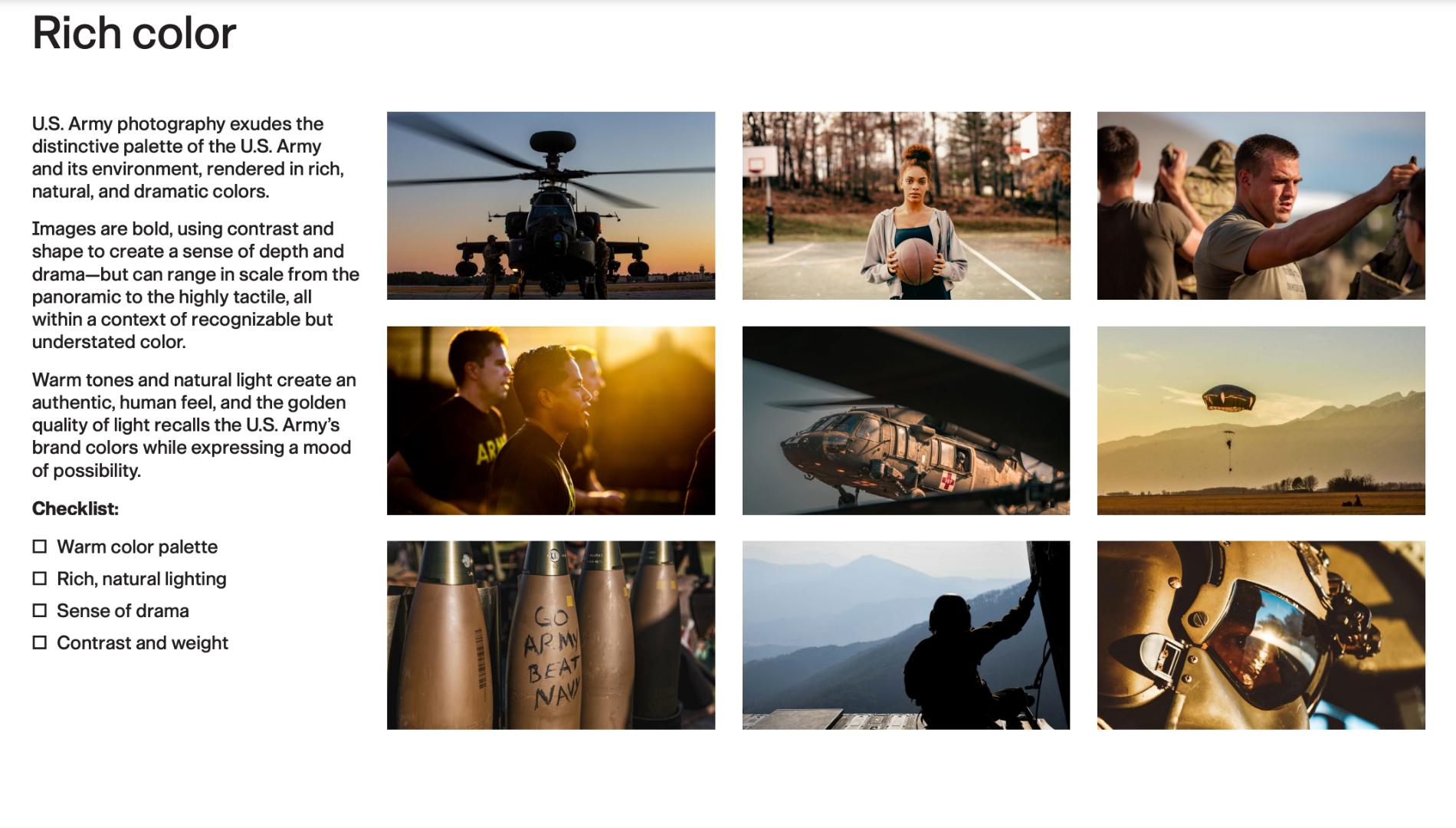Creating a brand guide is a critical step in establishing and maintaining the consistency and integrity of your brand. Here's a detailed walkthrough to help you create an effective brand guide.
What are Brand Guidelines?
Brand guidelines, often referred to as brand standards or style guides, are a set of rules that explain how your brand works. These guidelines typically include details about the brand identity elements like the logo, color palette, typography, imagery, icons, and brand voice. They serve as a reference tool to ensure consistency across all forms of communication and marketing materials, from digital content to print collateral.
Why are Brand Guidelines Important?
Brand guidelines play a critical role in shaping how your business is perceived. Consistency, the core benefit of having a brand guide, leads to brand recognition, trust, and loyalty. Imagine Coca-Cola suddenly changing its iconic red to blue; it would cause confusion and disrupt the brand’s identity. Guidelines ensure that no matter who is creating content for your brand, they can maintain a cohesive and consistent image that aligns with the brand’s values and goals.
How to Create Brand Guidelines
Creating a brand guide is a critical step in establishing and maintaining the consistency and integrity of your brand. Here's a detailed walkthrough to help you create an effective brand guide.
Define Your Brand's Core Values, Personality, and Story
Before diving into visuals, understand your brand's ethos. Answer these questions:
- What are your brand's core values? (E.g., Innovation, Sustainability, Customer-Centricity)
- What is your brand's mission? (What does your brand aim to achieve or provide?)
- What personality does your brand embody? (Is it professional, playful, compassionate?)
- What is the story of your logo?
Examples include:
- The U.S. Army is mission-driven and inspires people to be the best they can be.
- Nike’s focus on motivation and excellence.
- PortlandLabs intentions on building a web for the greatest good.
After eight losing seasons after arriving in Milwaukee, the Brewers wanted a replacement for the “Barrelman” logo. A student delivered a winner, an interlocking lowercase “m” and “b” that seamlessly formed the shape of a baseball glove.
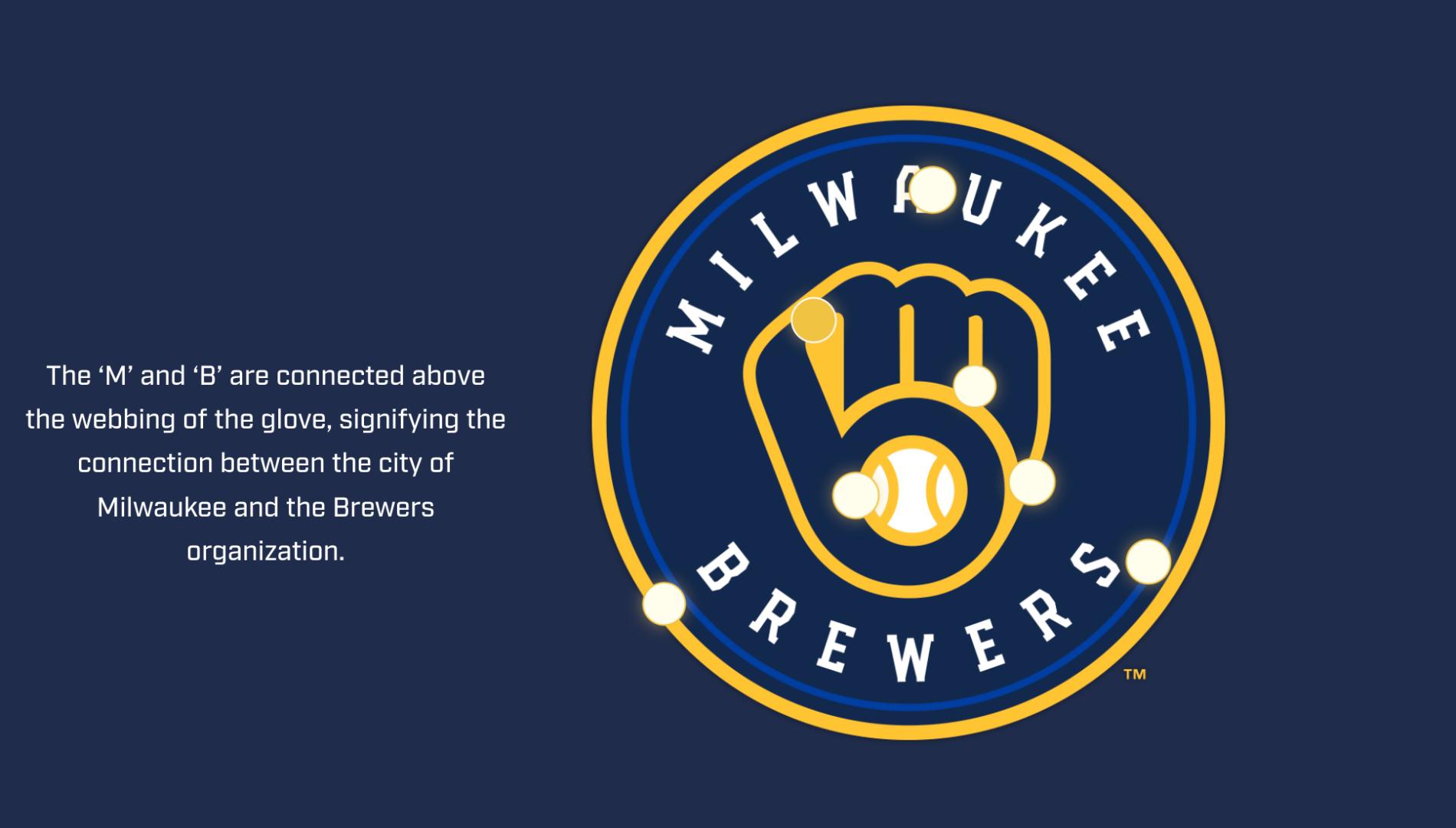
Finding the hidden letters became a rite of passage for baseball fans.
Finding your brand voice, personality, and story sets the foundation for your visual and communication strategy.
Logo Guidelines
Your logo is a pivotal element of your brand identity. When setting guidelines, consider:
- Size and Spacing: Provide clear rules on minimum and maximum sizes, and space around the logo to ensure visibility and impact.
- Variations: Include different logo versions (e.g., monochrome, vertical, horizontal) and when to use each.
- Do's and Don'ts: Explicitly state what alterations or distortions are not allowed.
For instance, the US Army illustrates some, but not all, potential misuses of the logo. These rules apply to all versions of the logo.

Another example from the U.S. Army Family and MWR demonstrates the size relationship the AMC logo must be to the U.S. Army logo and the IMCOM insignia and the Family and MWR logo. 
Color Palette
Colors play a significant role in brand perception. Your guidelines should:
- Identify Primary and Secondary Colors: Choose colors that reflect your brand’s personality.
- Provide Specific Color Codes: Ensure consistency by specifying Pantone, CMYK, RGB, and HEX codes.
- Usage Guidelines: Explain how and where to use these colors in branding materials.
U.S. Army uses of Black, Gold and Army Green is a prime example of a consistent and recognizable color palette.
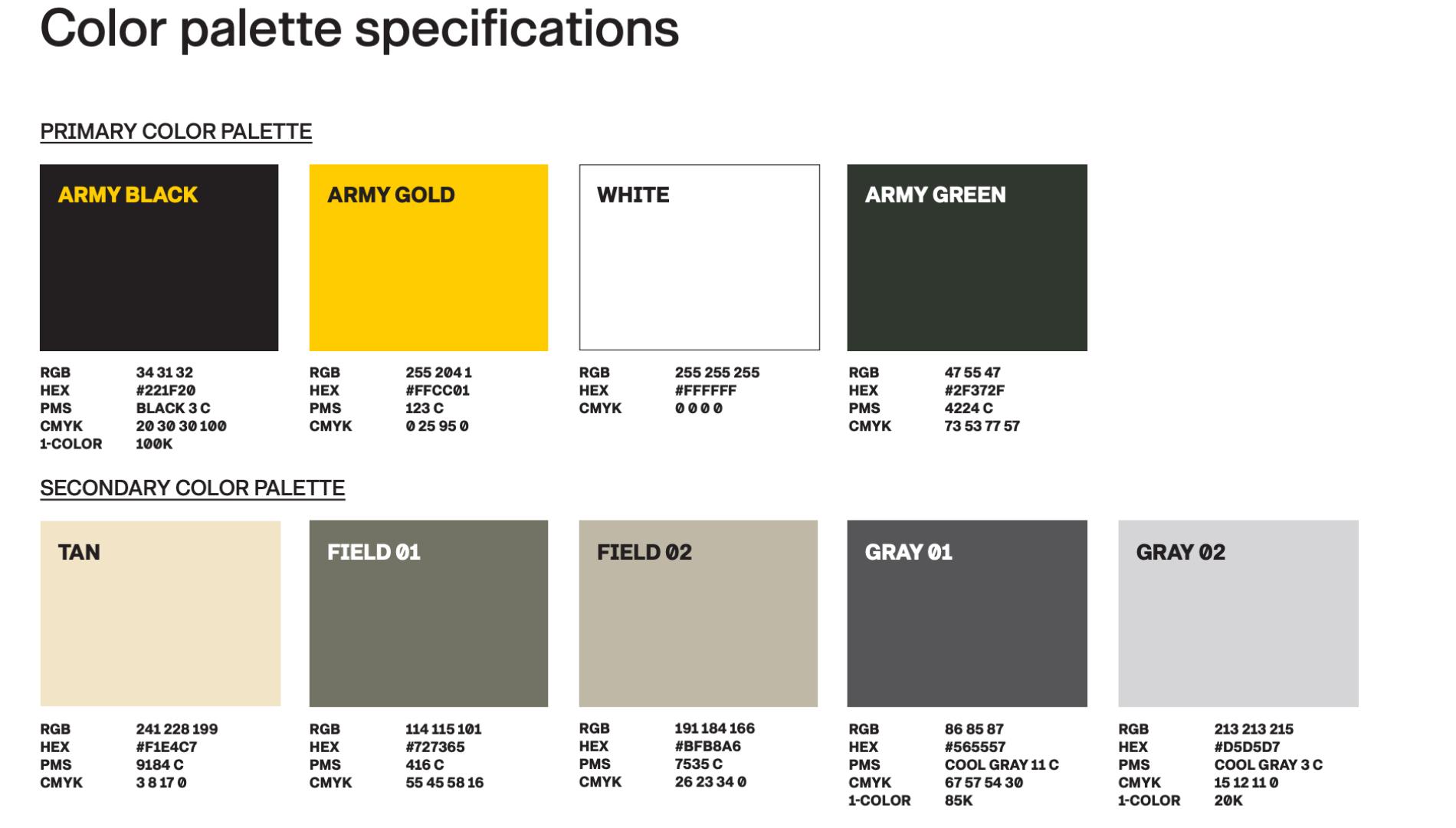
U.S. Army Family and MWR uses of blue and red is a prime example of a consistent and recognizable color palette.
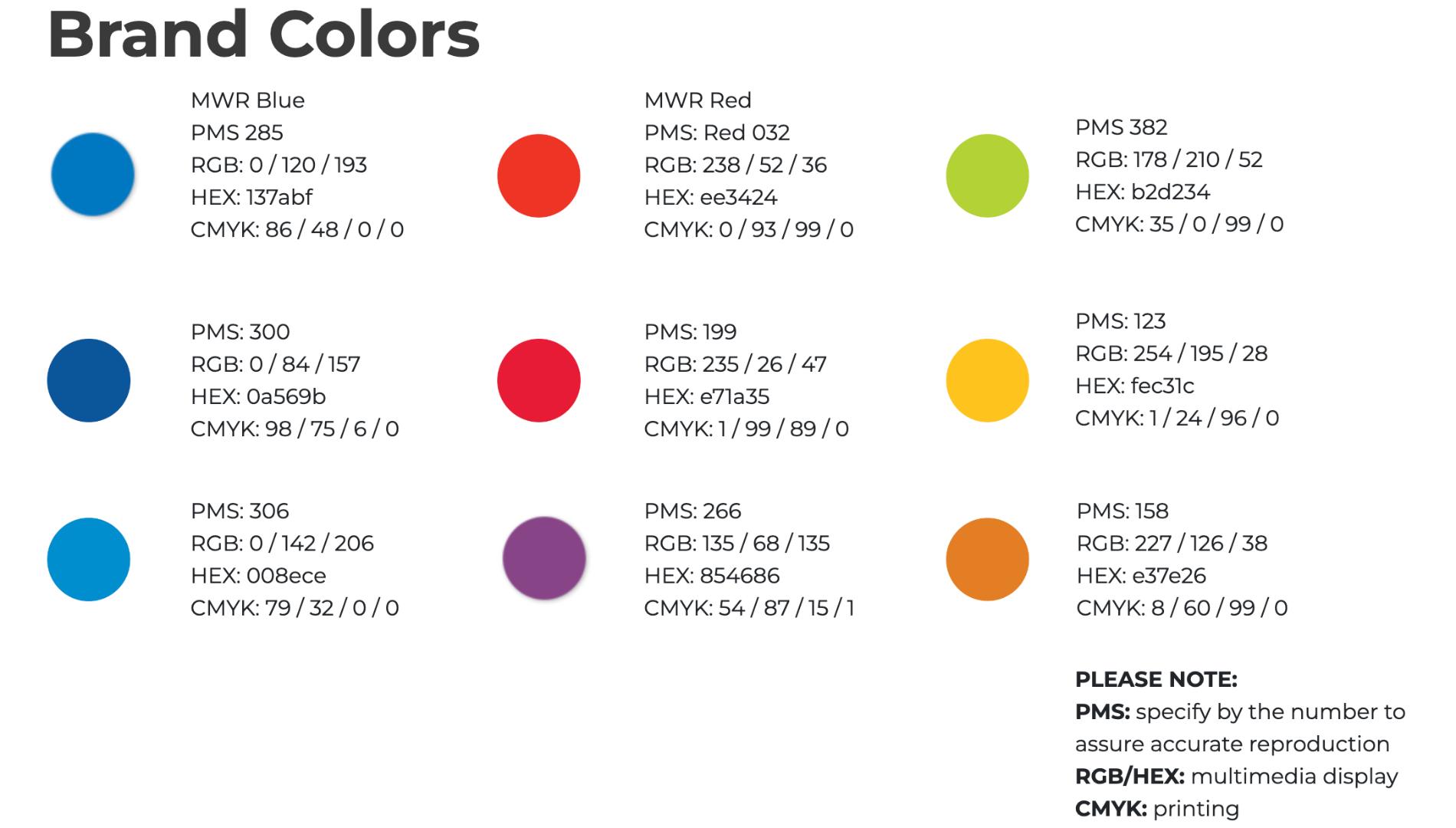
Typography
Typography influences how your message is received. Your guidelines should:
- Specify Typefaces: Choose primary and secondary fonts for digital and print media.
- Detail Usage: Define where and how to use different fonts (e.g., headings, body text).
- Provide Style Specifications: Include size, line spacing, and alignment instructions.
Concrete, for example, uses its custom font 'Poppins' for consistency across its products and marketing.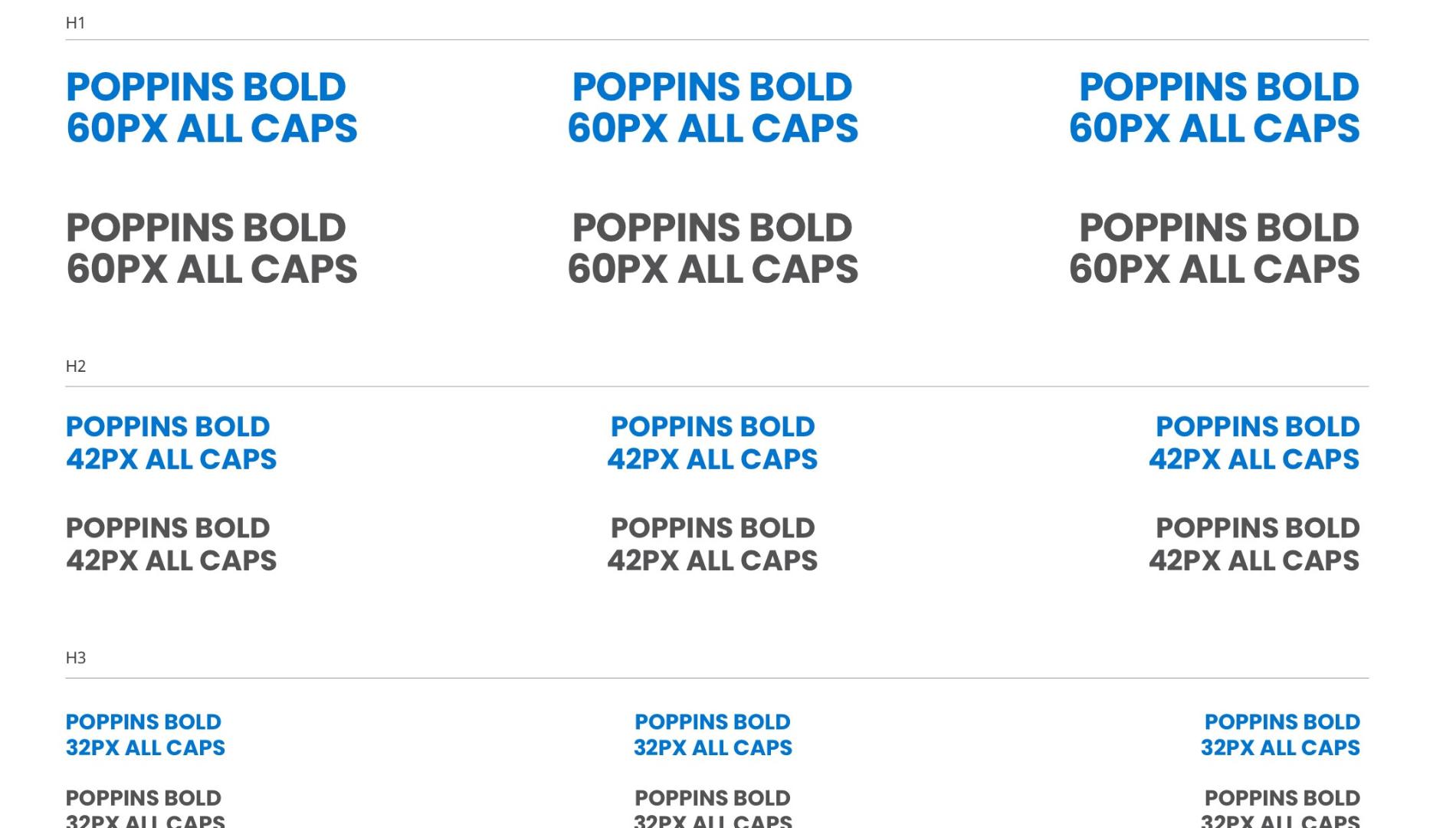
Imagery
The imagery should align with your brand’s character. Include:
- Style and Tone: Define the aesthetic of photos and graphics (e.g., bright and bold, or muted and professional).
- Usage Guidelines: Explain how images should support content and where they’re appropriate.
- Sources: Recommend sources for stock images or guidelines for custom photography.
Airbnb uses imagery that evokes a sense of adventure and belonging.
Icons
If icons are part of your brand, ensure:
- Consistency in Style: Icons should match your brand’s visual aesthetic.
- Size and Usage Guidelines: Provide instructions for scaling and using icons in different contexts.
- Color Specifications: Align icon colors with your brand’s color palette.
Milwaukee Brewers use of nostalgic, clean icons is a good example.
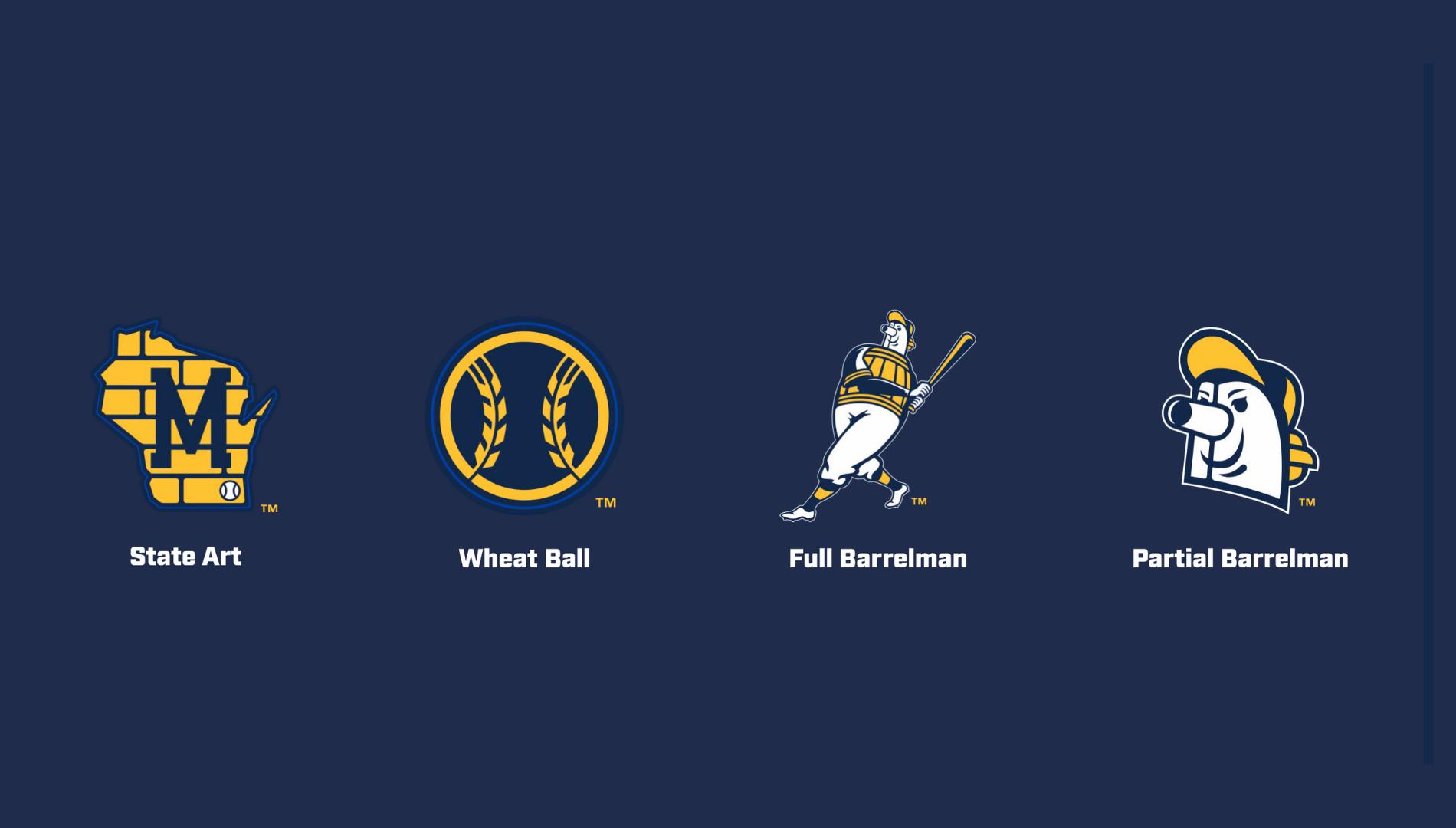
Brand Voice
How your brand communicates is as important as visual elements. Define:
- Tone and Language: Is your brand voice formal, friendly, or authoritative?
- Dos and Don'ts: Provide examples of phrases and language that align with (or go against) your brand voice.
- Communication Examples: Offer examples of how your brand voice is applied in different types of content.
Mailchimp’s brand voice is known for being conversational and friendly.
Protecting Your Brand with Guidelines
- Educate Your Team: Make sure everyone who represents your brand is familiar with these guidelines.
- Regular Reviews: Update your guidelines as your brand evolves.
- Enforcement: Regularly check brand materials for adherence to these guidelines.
Protect Your Brand with Brand Guidelines
Brand guidelines are not just a set of rules; they are a protection for your brand identity. They ensure that every piece of content, advertisement, or communication is an accurate representation of your brand, helping to build and maintain a strong, cohesive brand image.
Applying Your Brand Guidelines
Once your brand guidelines are established, it’s crucial to ensure they are followed. Educate your team about the importance of these guidelines. Regularly review marketing materials and communications to ensure they align with your brand guide. Remember, a brand is more than just a logo or a color scheme; it's an experience that you deliver to your audience. Consistent application of your brand guidelines is key to creating a memorable and recognizable brand.
Incorporating a Digital Asset Management (DAM) system into your brand guidelines is an efficient way to manage and share your branding assets. Here’s how you can integrate and reference a DAM system in your brand guidelines:
Adding a Digital Asset Management System
Introduction to DAM in the Brand Guide:
- Purpose: Explain the role of the DAM in maintaining brand consistency.
- Access: Provide information on how to access the DAM system, including login procedures or contact points for access permissions.
Organization of Assets:
- Structure: Detail how assets are organized within the DAM, such as folder structures or tagging systems.
- Asset Types: Describe the types of assets available (e.g., logos, templates, images).
Usage Guidelines:
- Download Procedures: Explain how to download assets correctly.
- Modification Rules: State the rules regarding the modification of assets.
- Version Control: Describe how to ensure the most current versions of assets are used.
Linking to the DAM
In Your Digital Brand Guide:
- Embed hyperlinks directly to the DAM login page or specific assets within the document.
- Use QR codes in printed versions of the guide for easy scanning and access.
On Your Intranet or Internal Platforms:
- Include a dedicated section or widget linking to the DAM.
- Provide a step-by-step guide on the intranet on how to use the DAM effectively.
Best Practices for DAM Integration
- Regular Updates: Ensure the DAM contains the latest version of all branding materials.
- Accessibility: Make sure the DAM is easily accessible to all authorized personnel.
- Training: Offer training sessions for staff on how to use the DAM effectively.
- Feedback Mechanism: Establish a way for users to provide feedback or ask questions about assets in the DAM.
In conclusion, brand guidelines are essential in creating a consistent, recognizable, and memorable identity for your business. By defining and protecting your brand’s visual and communicative elements, you lay the foundation for a strong brand presence in your market.
Sources:
- Milwaukee Brewers. (n.d.). Glove story. Brewers. Retrieved December 20, 2023, from http://brewers.com/glovestory
- U.S. Army. (2022, October 5). New Army brand redefines 'Be All You Can Be' for a new generation. United States Army. Retrieved December 20, 2023, from https://www.army.mil/article/264594/new_army_brand_redefines_be_all_you_can_be_for_a_new_generation
